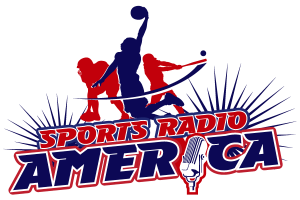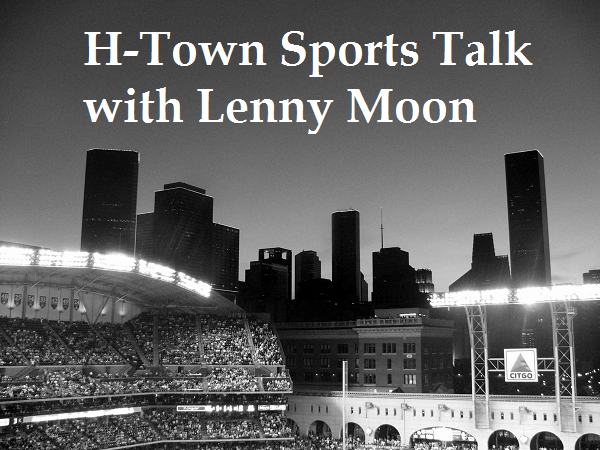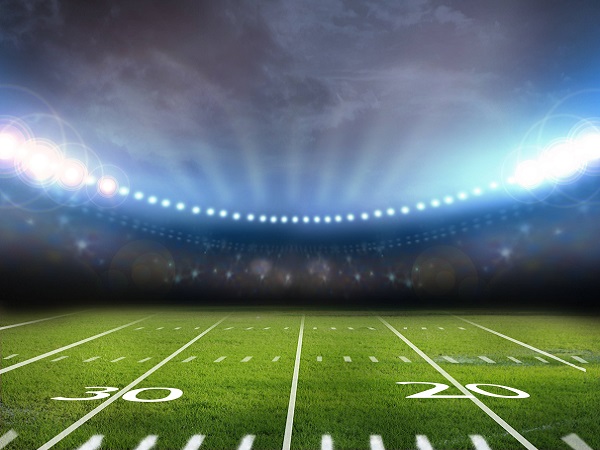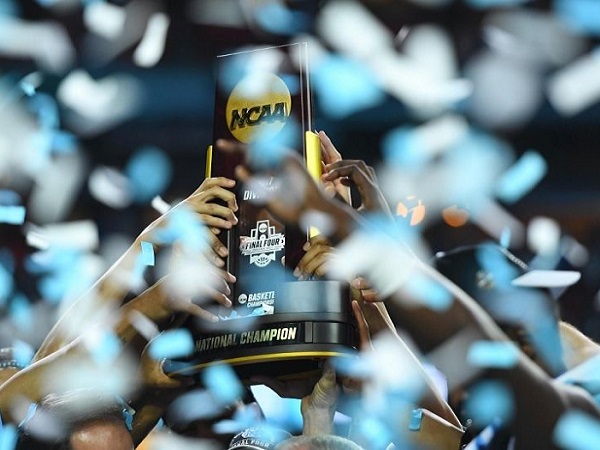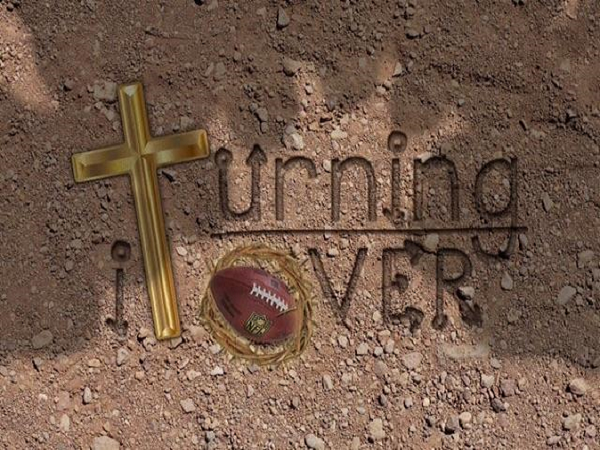July 1, 2021, will mark the day that college athletes were able to begin profiting from their name, image, and likeness (NIL) because the National Collegiate Athletic Association (NCAA) changed it rules. There is no doubt that individual state law, particularly California’s version, The Fair Pay to Play Act, were the catalyst to get the NCAA moving and it encouraged Congress to explore the subject matter. However, common law, federal, and state law already provided a legal format to monetize and recover rights of publicity (ROP), or NIL. (See Cal. Civ. Code § 3344, which was enacted in 1971).
In the process of the NCAA turning over ROP or NIL to college athletes by removing restrictions, a whole new marketplace was created for the athletes to profit, grow and trademark their brand(s), and get more involved in their communities. The new NIL marketplace also created more advertising and business opportunities for brands to team up with athletic talent through social media, and the universities, conferences, and service businesses like Opendorse, Altius, attorneys, and agents to provide a structure of education, protection, and representation for the new relationship. Therefore, what does the NIL marketplace look like today?
First, social media is an important reason why NIL has taken shape today. Social media is the personal broadcast channel that did not exist, but now does. Therefore, technology and the ever-expanding online network created by people and brands on social media is to thank for pushing NIL to profitability by way of advertising and sharing content.
Second, state law pushed the NCAA, as admitted by NCAA President Mark Emmert, to rethink and remove its restrictions on college athlete profiting from their NIL. As a matter of fact, July 1, 2021, was the date set by various state laws (not the NCAA) to open the market for college athlete NIL. The NCAA followed suit by removing its NIL restrictions. However, without social media, there would not have been another outlet to commit to and distribute college athlete NIL because the network and streaming broadcast partners, athletic conferences, and universities already have deals in place selling the copyright to the broadcast and the parties involved to sell advertising and to only display approved brand partnerships through the screen.
Third, as to specific state law, the New York State Legislature discussed the idea of legislation splitting broadcast revenue with college athletes. However, even though that would have meant money in the pockets of college athletes, it would not have empowered them to create their own brands and practice the business side of things. Georgia on the other hand, enacted an approach of redistributing top athletic talent NIL profits (74.9%) to other college athletes in their university athletic programs, while also restricting the types of deals (no alcohol, cannabis, or sports betting partnerships, etc.), and holding profits in an escrow account until one-year after leaving school or graduation.
California enacted likely the freest open market approach with one interesting caveat. California only places restrictions on college athletes to not sign NIL deals that conflict with the underlying university (e.g., college athlete cannot be sponsored by Adidas (or endorse) when the university is sponsored by Nike). However, the brand conflict rule will need to be closely followed because it could be interpreted very broadly and of course the underlying universities contract with the brand could also restrict competitor deals.
California also places restrictions on agents and attorneys to only discuss NIL deals with college athletes, but discussion of the draft and future prospects are restricted. The interesting caveat will be one to follow because it is likely that college athletes, agents, and attorneys will utilize the NIL deals to see how they work together and to potentially secure a future and long-term relationship. In one way the California State Legislature opened the market for NIL completely, but restricted the one thing college athletes really need: good advice and communication.
Fourth, we live in a Constitutional Republic with a very important piece of paper called the Bill of Rights (the first ten Amendments) and Constitution. The Tenth Amendment reserves rights to the states not delegated to the federal government. This means that it should be no surprise that the states took the lead and implemented a system that already existed with regard to ROP and NIL versus a federal law covering all the American states and territories. Better stated, the states were the catalyst to getting the NCAA to change its NIL policy. It will now be the NCAA’s turn to create a set of permanent national rules and guidelines for NCAA Member Institutions (colleges and universities) and their athletes to follow.
Lastly, and fifth, the marketplace will mostly be based on social media followers and engagement. Meaning, the top volleyball player could make more than top quarterback at a university if that college athlete has more followers because brands pay for access to followers and engagement. As an example of range, a similar college athlete NIL marketplace would be cheerleaders and esports gamers who have already been profiting from their ROP and NIL because those sports are not regulated or restricted by the NCAA. Non-Fungible Tokens (NFTs) will also be interesting to watch as college sports look to grow in that space and will college athlete NFT-NIL be allowed to profit where the universities own and sell the broadcast copyright? One thing is certain, some players unions on the professional side have already given the green light to allow their agent advisors to service college athletes, but arguably this was already allowed when the NCAA lifted its NIL restrictions.
The NIL marketplace could be vast. However, what it mainly does is provide an opportunity to profit for college athletes. Brands are only going to pay what the market can bear (what fans and consumers are willing to consume and buy). As with any industry, regulation will be important. For example, sports betting has opened the floodgates for sponsorships and partnerships, but monitoring impropriety will be essential. For college athletes, keeping amateurism will be important insofar as college is still about education and preparing for future careers. The National Basketball Association’s (NBA) Professional Pathways League and the high school level Overtime Elite league will help to provide options to college athletes to choose college or professional. College baseball could also benefit as Major League Baseball (MLB) contracted its minor league system and cut the draft from forty rounds to twenty, and combined with NIL, universities could see an influx of talent on the diamond with name, image, and likeness opportunities.
Universities and brands also benefit because as they monitor and pay college athletes, the process will market their own brands indirectly and directly. College athletes will either gain cash, product, and/or potentially equity. EA Sports may also return and pay a licensing fee for gaming and college athlete NIL. The marketplace has indeed already been an exciting frontier.
Copyright © 2021. California Sports Lawyer®. All Rights Reserved.
